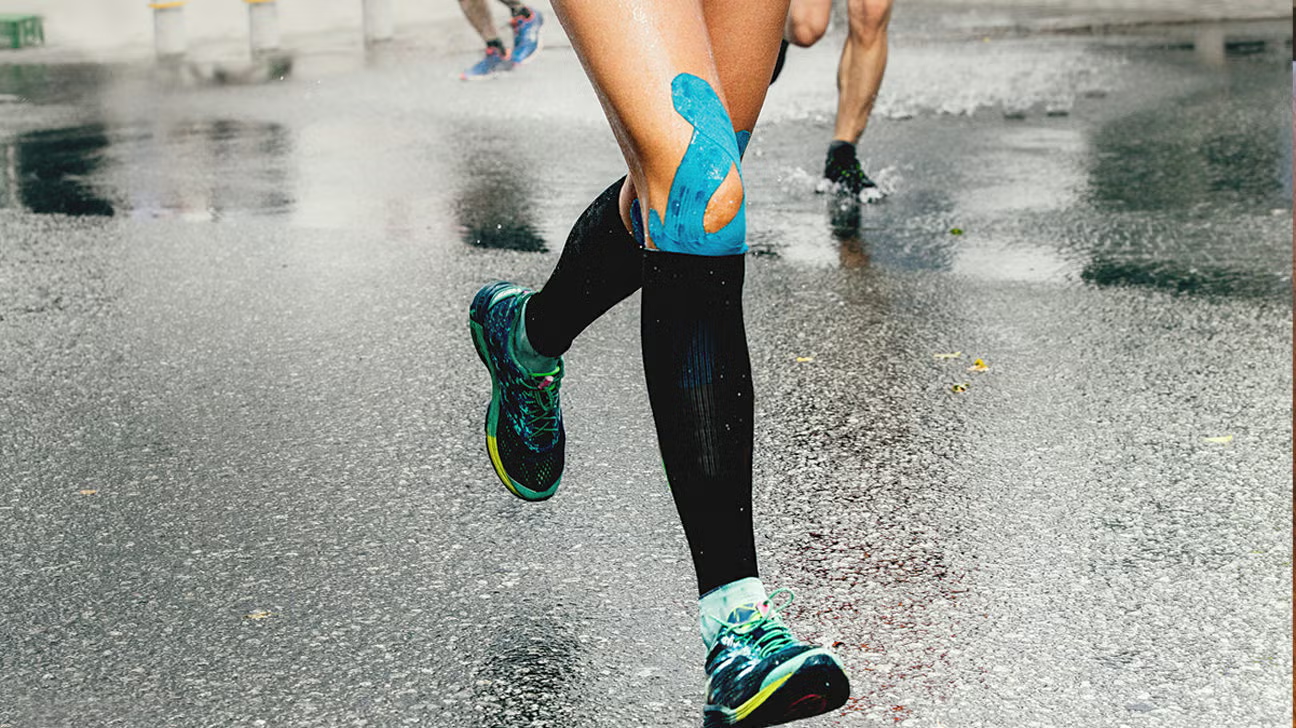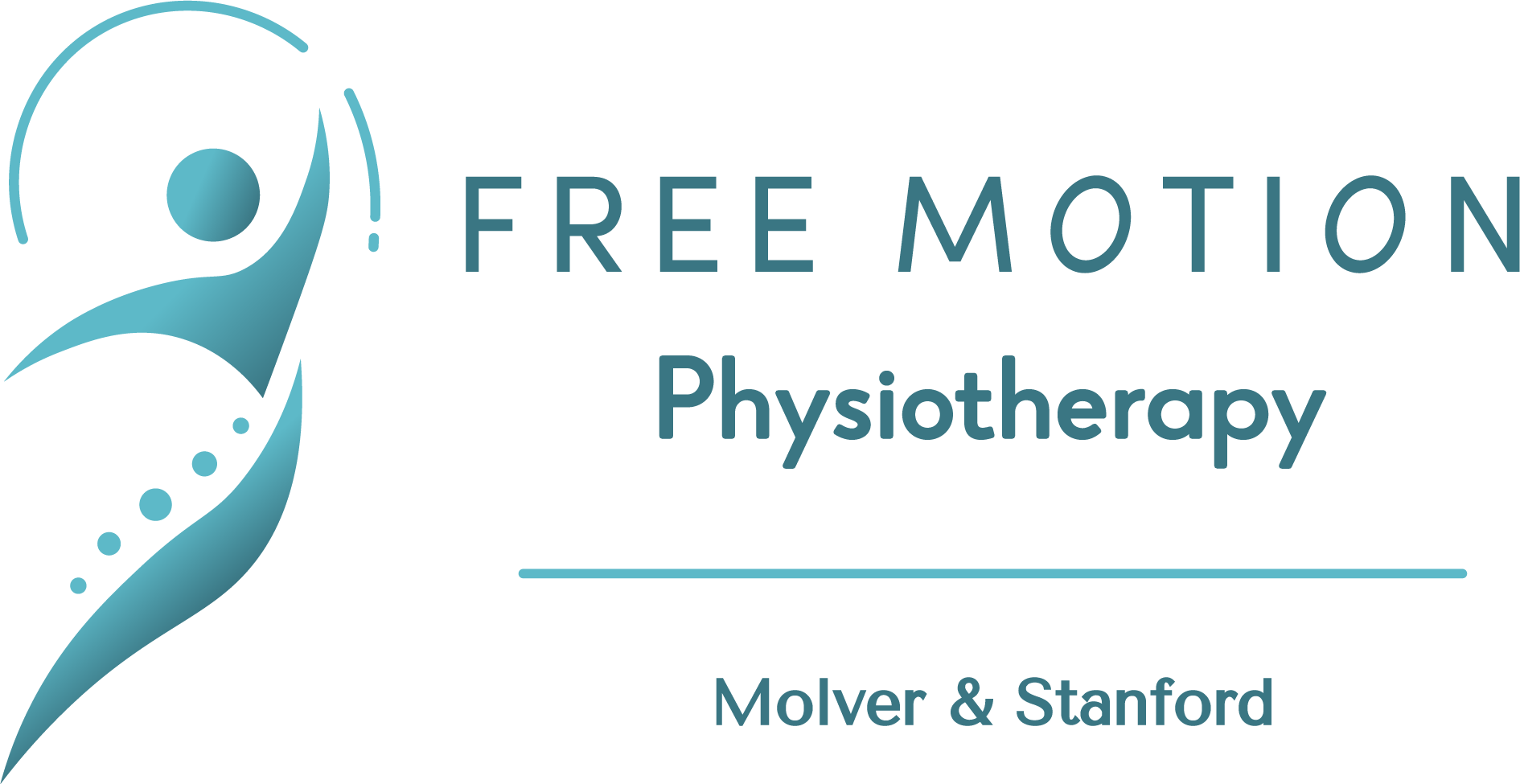ITB Syndrome: What Actually Helps…
What is iliotibial band (ITB) syndrome?
The iliotibial band is a thick band of fascia (like a strong rubber band) running on the outside of your thigh. It starts at your hip where it connects to muscles at the front (hip flexors) and the back (glute) of the hip and travels all the way down to the outside of your knee. It supports the outside of your thigh and knee, especially during movements where you’re bending and straightening your leg. Even though it doesn’t stretch much, it plays a big role in keeping your hip and knee joints aligned – especially during repetitive movements like running or cycling.
ITB syndrome happens when the ITB gets irritated and starts rubbing against the outside of the knee. This friction causes pain due to inflammation on the outer side of the knee, especially when bending and straightening the leg, like when running downhill or going down stairs.


If you’ve ever struggled with ITB pain and tried googling some advice, you’ve probably been bombarded with foam rollers, knee straps and stretches. As physiotherapists we often deal with patients who have tried everything and still struggle to shake the stubborn pain. In this blog we’ll talk through the common quick fixes and share what actually helps in the long run.
The “Quick Fixes” that don’t go the distance:
1. Foam Rolling the ITB
Foam rolling has become the go-to measure for ITB pain, and while it can feel good in the moment it does not resolve the underlying issue. The ITB is fascia, not a muscle and does not respond the same way as a muscle to rolling and stretching. The nature of ITB syndrome is already due to a reaction caused by friction and compression- adding more pressure to the irritated area can add insult to injury.
What’s better?
Soft tissue release and rolling of the muscles that connect to the ITB- like the glutes and TFL (tensor fascia latae) at the front of the hip can be more effective than rolling directly on the ITB.


2. Stretching the ITB
Despite popular belief, you cannot really stretch the ITB- it is a dense fibrous structure designed for stability, not flexibility. Stretching might offer some temporary relief, but it does not address the reason why the ITB is irritated to start with.
What’s better?
Improve the flexibility of the muscles in the surrounding areas like the hips, quadriceps and hamstrings. Combine this increased flexibility with mobility exercises for better quality of movement.
3. Knee braces or straps
Another popular band-aid for ITB syndrome are knee straps and braces. While they may provide a sense of support this does not help to correct the movement patterns or muscle imbalances that are contributing to the problem.
What’s better?
Functional strength training to properly address muscle imbalances and control during movement, especially the hip muscles.

4. Just resting and hoping it goes away
While it is necessary to reduce the activity that elicits the pain in the short term (like running or cycling), rest alone will not solve the problem. Once you return to your sport, the knee pain usually returns as well since the root cause has not been addressed.
What’s better?
Initial rest, followed by a rehab plan that progressively builds strength in the weak areas.

What Actually Works:
Here is what we as physiotherapists like to focus on when treating ITB syndrome:
1. Strengthening the glutes and hips
Weak glute medius can lead to poor hip control and in turn this can put excess strain on the ITB. Targeted exercises of the glute muscles can make a huge difference.
2. Working on core stability
Poor control at the pelvis and trunk can have a big impact down the legs, especially in runners. Better core stability translates into better alignment down the chain.

3. Progressive load management
Graded return to sports/activity is very important since flare-ups can happen if you jump in too quickly. Build mileage, speed and intensity slowly to give your body the chance to adapt and strengthen.
There is no magic stretch or gadget that will “fix” your ITB pain overnight, but with the right approach you can put your pain in the past. Ditch the quick fixes and focus on building a solid foundation, your future self (and knees) will thank you. If you’re dealing with persistent pain, reach out to us at Free Motion Physiotherapy to help get you back on track with a tailored recovery plan.
Book your Free Motion Physiotherapy session
More

Is your body waving a red flag? How to detect overuse injuries
Have you ever had a small ache that started during a run or workout? At first you can ignore it

When to rest, and when to move after an injury
“Just rest.” How many times have you heard this advice after an injury, flare-up, or when struggling with body aches

Strapping Up: How Taping can Boost Your Body’s Proprioception in Sport
We have all seen sports matches or competitions with athletes strapped up over a variety of joints. Many people think
